Matelea producta, Texas Milkvine
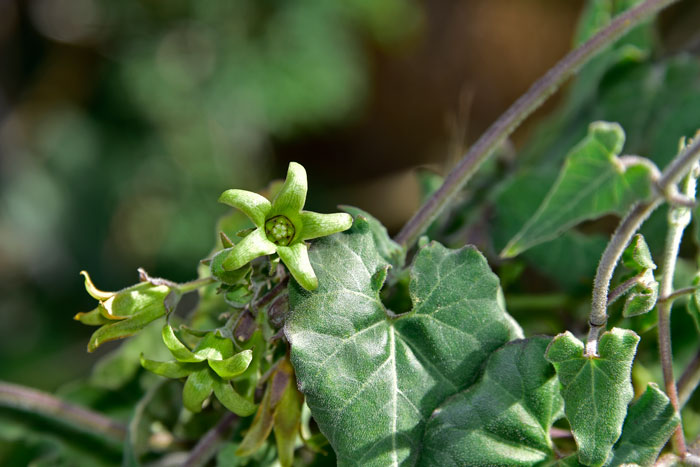
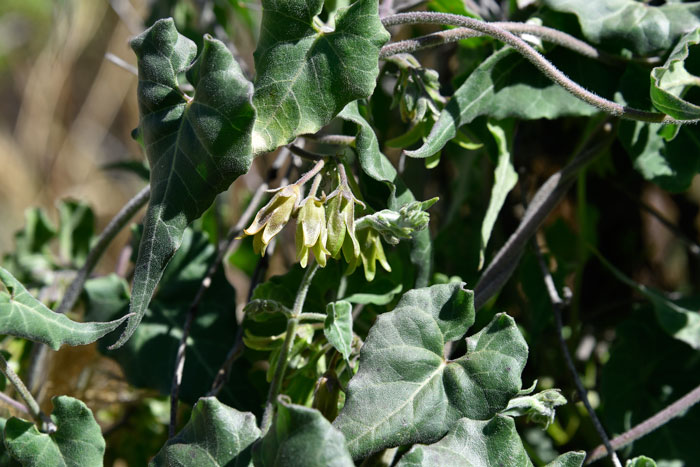
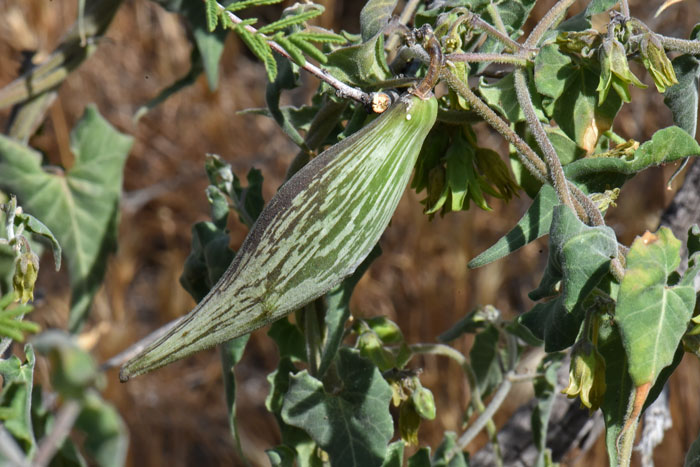
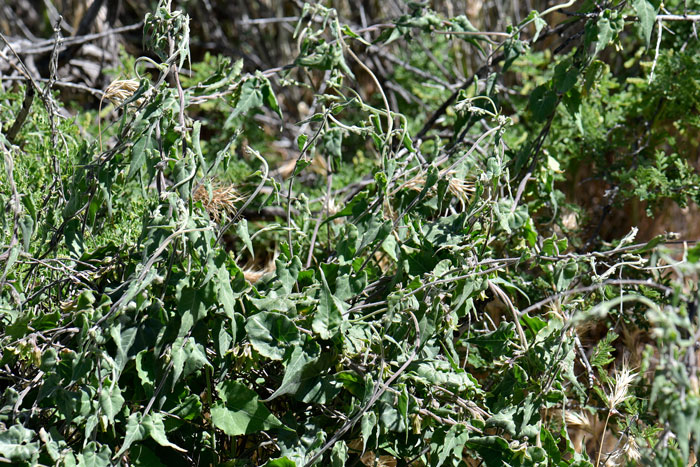
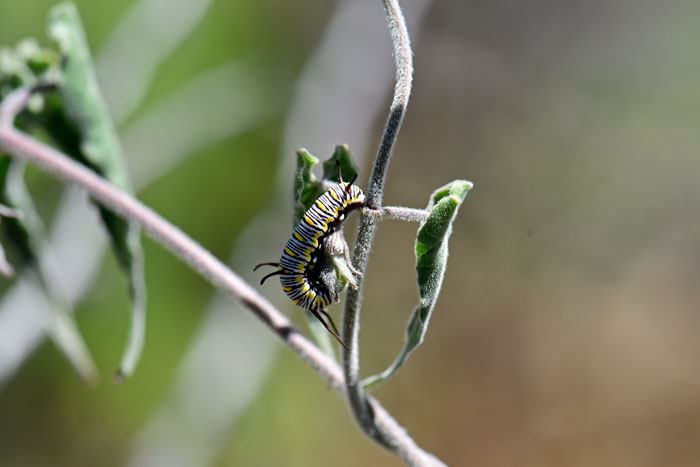
Scientific Name: Matelea producta
Common Name: Texas Milkvine
Also Called:
Family: Asclepiadaceae, Milkweed Family
Synonyms: (Gonolobus productus)
Status: Native
Duration: Perennial
Size: Up to 1½ feet or more via twining vines with slender stems.
Growth Form: Vine; twining vines from woody base; milky sap.
Leaves: Green; leaves up to 5 cm. long and 3 cm. wide; triangular-ovate; sagittate-cordate at base; petioles 1 to 3 cm. long, shorter than the blades.
Flower Color: Greenish yellow; flowers in peduncled umbels, seldom solitary; corolla more than 5 mm. long (common about 10 mm.); fruit a smooth, ovoid follicle.
Flowering Season: May to August.
Elevation: 3,000 to 5,500 feet.
Habitat Preferences: Desert grasslands, chaparral communities, alluvial thickets.
Recorded Range: Matelea producta is relatively rare in the United States where it is found in small populations in AZ, NM, TX. It is also native to Mexico. In Arizona it is found in the northwest corner, central and southern parts of the state.
North America & US County Distribution Map for Matelea producta.
U.S. Weed Information: No information available.
Invasive/Noxious Weed Information: No information available.
Wetland Indicator: No information available.
Threatened/Endangered Information: No information available.
In the Southwestern United States: Arizona has 5 species of Matelea, California has 1 species, Nevada and Utah each have 0 species, New Mexico has 2 species, Texas has 15 species. All data is approximate and subject to taxonomic changes.
Comments: Texas Milkvine, Matelea producta, is similar to Spearleaf, Matelea parvifolia, however the leaves and flowers are larger on Texas Milkvine.
Matelea producta has been used for food by southwestern indigenous peoples.
Apache, Chiricahua & Mescalero Food, Unspecified, Seeds eaten fresh or boiled.
See ethno-botanical uses at Native American Ethnobotany, University of Michigan, Dearborn.

